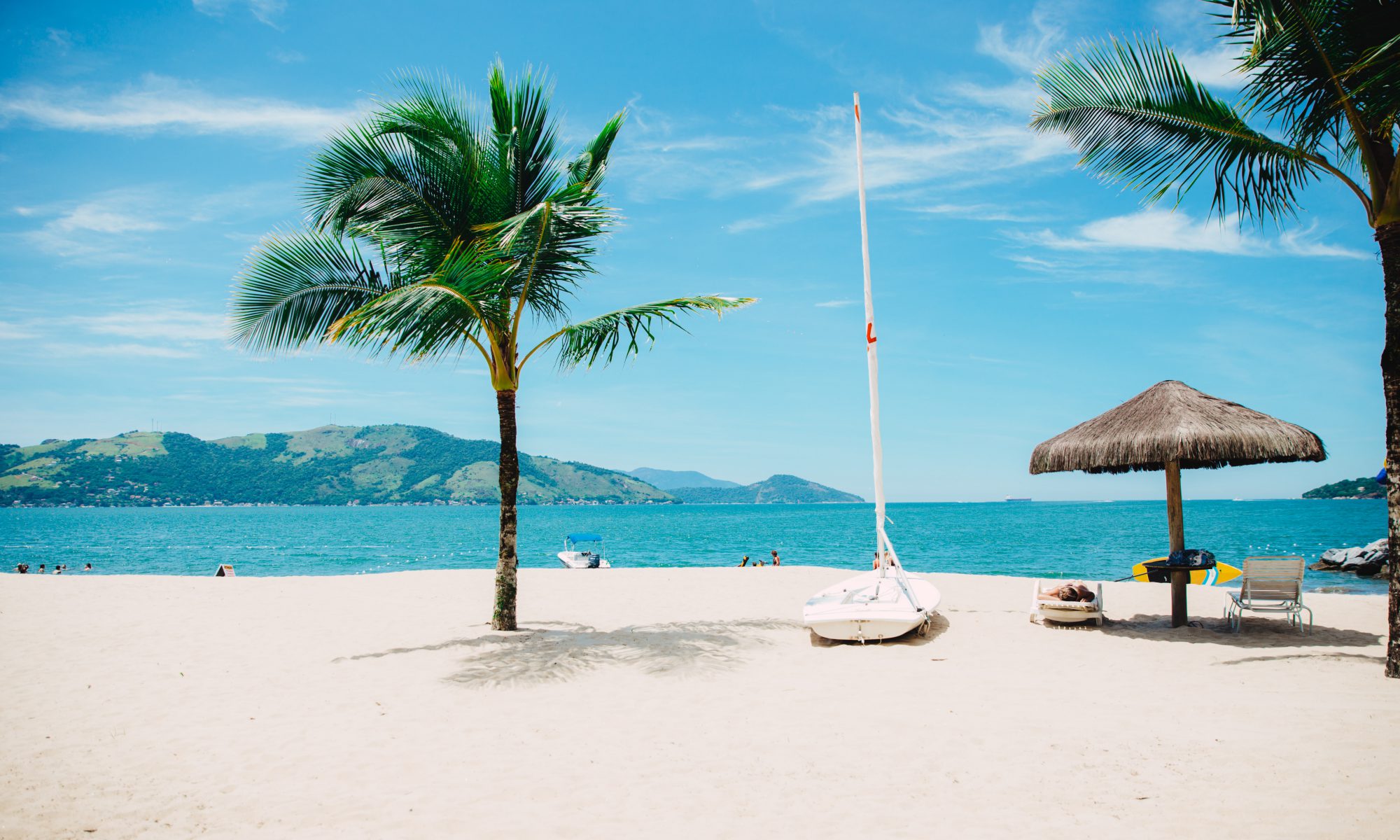Altitude, cloud cover and the ozone layer also play a role: UV rays have a shorter path in the mountains and the air is thinner. This increases their intensity by around 10 percent per 1,000 meters of altitude.
When it is very cloudy, UV radiation is reduced by up to 90 percent. However, a thin cloud cover hardly keeps it out. On the contrary: certain cloud formations and fog can even increase it through scattering.
If the ozone layer is weakened – for example due to low ozone events in spring and early summer – an unusually high amount of UV-B rays reach the earth’s surface.
In addition, water, sand and snow intensify the radiation by reflecting it.
Shade, on the other hand, reduces UV exposure: under a sunshade, for example, by around 10 to 30 percent, under a large tree with a dense canopy by around 20 percent.
The lighter the skin, the less it can protect itself against sunlight and the more sensitive it reacts. Skin that contains a lot of melanin and is therefore darker is better protected, but skin damage cannot be ruled out here either.
Children and adolescents need special protection as they are much more sensitive to UV rays than adults.
Experts recommend that infants and small children under the age of two should not be exposed to the sun at all with uncovered skin.

